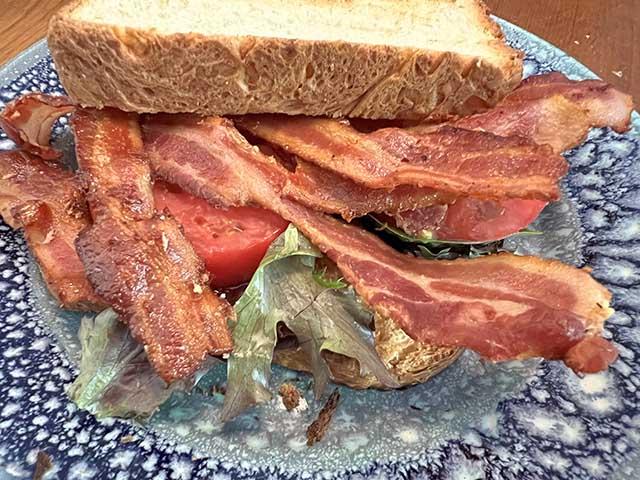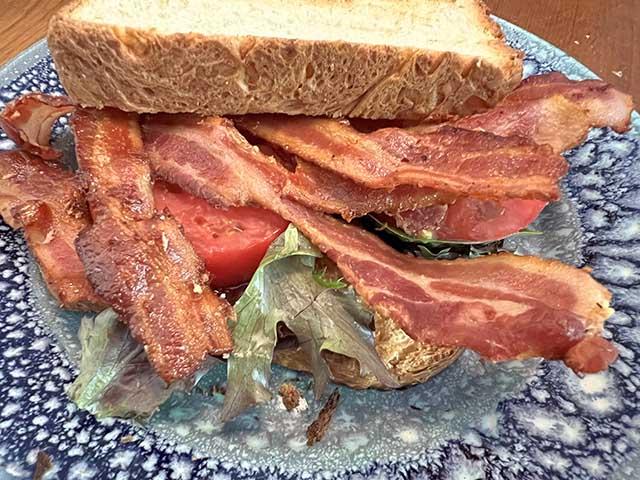Production Blog
Learn the Lingo: A Crib Sheet for EPA's Draft Herbicide Strategy
JEFFERSON CITY, Mo. (DTN) -- Ever notice how every group has its own vernacular? And, no, I'm not just talking about prattling teenagers whose conversations are littered with TikTok-inspired slang that sounds like nonsense to anyone over the age of 30. (My youngest daughter would probably tell you that statement is "cap.")
There's jargon everywhere, but once you learn the lingo, it makes sense.
Of course, farmers are familiar with lots of specialized language, but there's some verbiage out there right now they probably want to pick up on sooner rather than later. It's coming from the Environmental Protection Agency (EPA), and unlike my daughter's penchant for TikTok talk, it's unlikely to go away with time.
These terms can be found inside EPA's Draft Herbicide Strategy Framework, a proposal that is currently out for public comment. This is the agency's latest step in its attempt to fulfill its obligations under the Endangered Species Act (ESA) and avoid future litigation that could threaten farmers' access to the herbicide products they rely on to control weeds. For answers to some questions about this proposal, go here: https://www.dtnpf.com/….
Now, if you thumb through the 96-page framework document, you'll find EPA uses a lot of abbreviations, acronyms and other jargon to describe its proposal for protecting threatened and endangered species from exposure to herbicides. While some of this terminology might sound familiar, some terms are new or replace others used in earlier documents. Here's a rundown on some of the ones you should know.
ESA: This is the acronym for the Endangered Species Act. Like WOTUS before it, those in the ag industry will soon know this one without any need for further explanation -- if they don't already.
P[L1] D[0x0] M[300x250] OOP[F] ADUNIT[] T[]
Listed Species: This is EPA's shorthand for referring to all plants and animals that are listed as either federally threatened or endangered. There currently are nearly 1,700 listed species. The EPA draft herbicide strategy intends to provide protections to more than 900 of them all at once.
CH: This is an abbreviation for "designated critical habitat," which is the habitat upon which threatened and endangered species rely. In order to comply with the ESA, EPA must ensure its actions -- such as registering pesticides -- don't destroy or adversely modify CH.
J/AM: It's pronounced just like the stuff you spread on your toast at breakfast, but unlike those sweet preserves, J/AM is something the EPA is trying to avoid. It stands for "jeopardy to the continued existence of a species or adverse modification to a designated critical habitat." For example, EPA will consult with the U.S. Fish and Wildlife Service to determine if a herbicide creates J/AM to an endangered plant. That process can take four to 12 years.
MoD: Short for "magnitude of difference," it is the ratio of the estimated environmental concentration of a pesticide to the relevant toxicity threshold. EPA proposes using MoD to determine if a pesticide has the potential to cause population-level impacts to listed species and to identify the level of mitigation farmers would be required to implement to reduce those potential impacts. The greater the MoD, the more mitigations.
PULA: This is the acronym for "pesticide use limitation area." PULAs are the geographic areas where a pesticide limitation specific to listed species would be applied. In the past, PULAs were established for individual listed species. Under its draft herbicide strategy, EPA proposes four grouped PULAs for calculating MoDs and determining mitigations.
BLT: Sorry. Like J/AM, this one sounds like food but isn't. It's an abbreviation for "Bulletins Live! Two," an EPA website that pesticide users are expected to access before using a pesticide. (If you've used Enlist One or Enlist Duo, you're likely familiar with BLT.) The information found on BLT is designed to tell pesticide users if additional restrictions or mitigations must be followed to protect listed species at a particular geographic location.
Mitigation Measures: These are on-field and off-field practices to reduce pesticide spray drift, runoff and soil erosion from agricultural fields that could pose risk to listed species and/or their designated critical habitat. EPA is proposing a "menu" of these practices under the draft herbicide strategy framework, a verbiage change from "pick list" in the agency's earlier ESA work plan documents.
Efficacy Points: Previously, such as on the labels for Enlist One and Enlist Duo, EPA required pesticide users achieve a minimum number of "credits" by selecting mitigation measures. Some measures earned more credits than others. Similarly, under the draft herbicide strategy framework, EPA proposes pesticide users accumulate "efficacy points" by adopting mitigation measures, with some measures earning more points than others. The number of points required will vary based on the herbicide and where it's applied. A field located within a PULA will require more points.
As my teenagers would say, if any of this sounds "sus," you might want to check out the proposed herbicide strategy and provide feedback before the public comment period ends on Oct. 22.
You can find the draft document and other supporting documents online at https://www.regulations.gov/….
To submit a comment, go here: https://www.regulations.gov/….
Jason Jenkins can be reached at jason.jenkins@dtn.com
Follow him on X, formerly Twitter, @JasonJenkinsDTN
(c) Copyright 2023 DTN, LLC. All rights reserved.






Comments
To comment, please Log In or Join our Community .